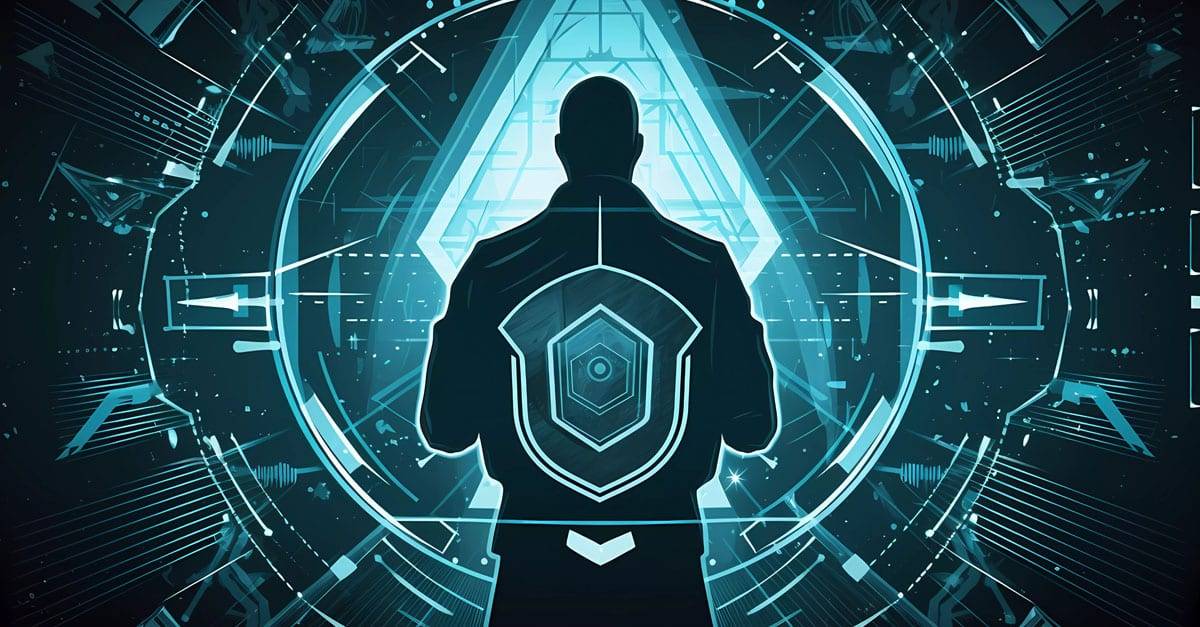Ransomware-as-a-Service (RaaS): The Evolution of Threats
In 2023, the rise of ransomware attacks took on a new form with the proliferation of ransomware-as-a-service (RaaS) platforms. This marked a shift in cybercriminal tactics, with threat actors providing ransomware toolkits to other malicious entities, allowing them to execute attacks with minimal technical expertise. Vigilant cyber hygiene and robust security strategies became paramount to counter the evolving threat of RaaS, solidifying its status as one of the defining cybersecurity trends of 2023.
AI-Powered Attacks: Exploiting the Potential of Automation
In 2023, there was a surge in AI-powered cyberattacks that leveraged the capabilities of artificial intelligence to bypass traditional security measures. Cybercriminals used AI to craft sophisticated phishing emails and adapt malware behaviour to evade detection. Organisations were forced to proactively invest in AI-powered defences to counter these evolving threats, recognising the need to leverage technology to protect against technological risks.
Supply Chain Attacks: Targeting Vulnerabilities
Supply chain attacks continued to pose a significant threat in 2023, as cybercriminals targeted third-party vendors to gain access to customers’ systems and data. The increasing reliance on interconnected networks increases the risk of supply chain breaches. Organisations needed to assess the security posture of their partners and implement strong access controls to mitigate the potential impact of a supply chain attack.
Deepfakes and Disinformation: Manipulating Realities
The use of deep fakes, AI-generated synthetic media, gained prominence in 2023 as cybercriminals used them for malicious purposes. Fake video and audio content was created to manipulate stock prices or sway public opinion. Deepfakes were also incorporated into spear-phishing campaigns to impersonate high-profile individuals, underscoring the importance of organisations being vigilant in detecting and combating the spread of deceptive content.
Elevate Your Wealth Game: Empowering UHNWIs for Simplified Asset Management. Altoo Platform Preview
Cloud Jacking: Exploiting Cloud Infrastructure
As organisations increasingly migrate data to the cloud, cybercriminals targeted this shift through cloud jacking in 2023. Unauthorised access to cloud infrastructure was exploited for financial gain or to launch further attacks. Robust security measures, including strong authentication protocols and regular vulnerability assessments, became essential to protecting cloud assets.
Insider Threats: A Persistent Challenge
Insider threats persisted in 2023, and the prevalence of remote working made them worse. Organisations will need to prioritise monitoring and securing internal networks, implementing user behavior analytics and access controls to detect and mitigate potential risks posed by employees with remote access to sensitive information.
Cyber Threat Intelligence: Staying Proactive
Looking back to 2023, the importance of cyber threat intelligence was clear. Organisations recognised the value of continuously monitoring the threat landscape to stay ahead of cybercriminals. This proactive approach allowed organisations to effectively implement security measures and prevent potential cyberattacks.
Cloud Security: Safeguarding Data in the Digital Sky
The prominence of cloud computing in 2023 brought with it unique cybersecurity risks, prompting organisations to develop comprehensive strategies. Robust access controls, data encryption, regular monitoring, and strong authentication mechanisms were essential components of securing data in the cloud.
Cyber-Insurance: Managing Financial Risks
As cyberattacks continued to proliferate, cyber insurance became a critical component of organisations’ risk management strategies in 2023. It provided financial protection against losses resulting from cyber incidents, underscoring the need for organizations to carefully evaluate their cyber insurance needs and work with reputable insurers to ensure adequate protection.
AI and Automation: Enhancing Cybersecurity Defences
The integration of Artificial Intelligence and automation into cybersecurity operations proved invaluable in 2023. AI-powered cybersecurity solutions enable organisations to analyse massive amounts of data, detect anomalies, and respond to threats in real time. Automation streamlined security operations, reduced response times and human error, and ultimately strengthened organisations’ cybersecurity defences against evolving threats.
The Internet of Things (IoT): Prioritizing Security in Connectivity
The growing trend of the Internet of Things (IoT) in 2023 underscored the need for organisations to prioritise the security of connected devices. Implementing strong authentication mechanisms, encrypting data, regularly updating firmware, and monitoring for suspicious activity were critical measures to protect sensitive data and prevent unauthorised access to critical infrastructure in the connected future.









